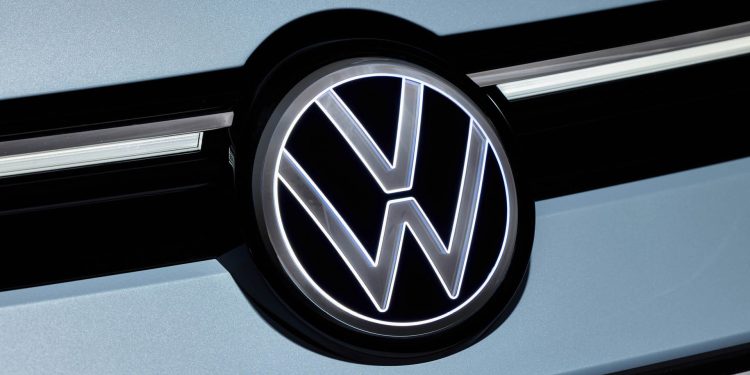Volkswagen is working on an Up city car replacement
Words NZ Autocar | Images VW, Motor.es
Volkswagen will reveal a compact concept next month that previews an inexpensive electric city car.
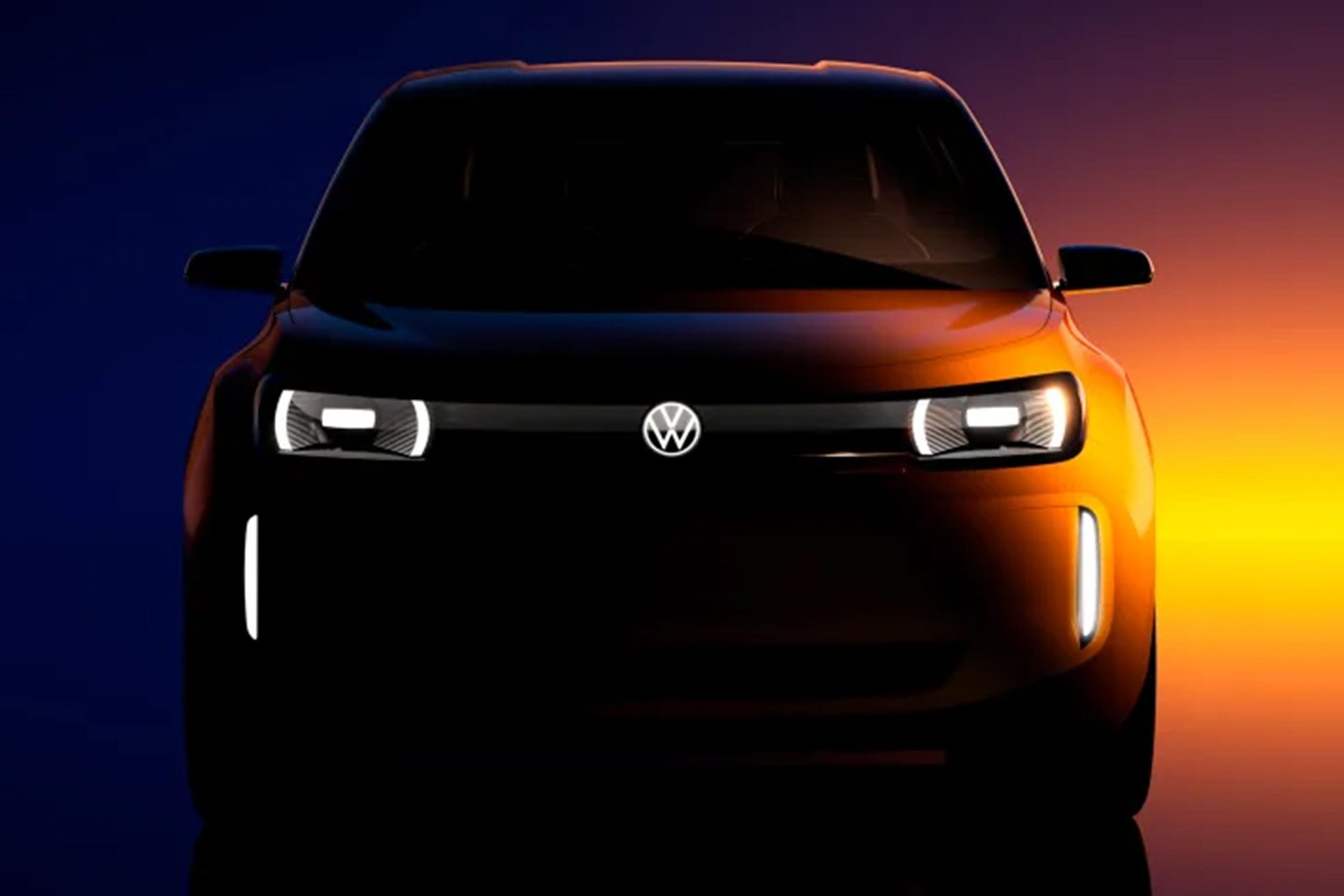
The new entry-level model, considered an Up successor, is due to enter production in 2027 with a base price of roughly €20,000, according to Volkswagen. Therefore, it should appeal to a wide group of urban users.
Known as the ID 1, it will likely use the same platform as the Polo-sized ID 2. That architecture is essentially a shortened version of the modular MEB platform. No other details have emerged as yet.
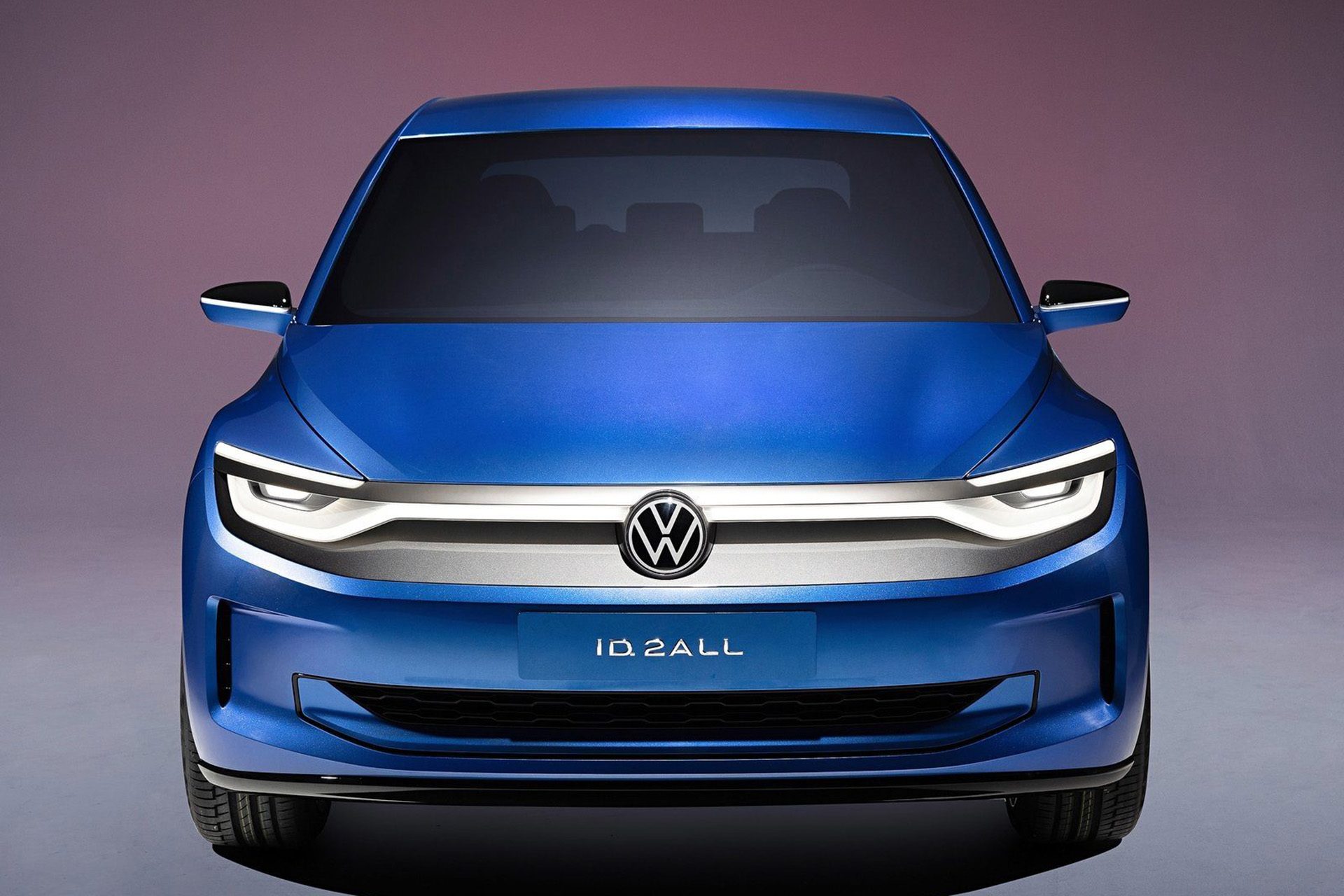
From the preview image, the new city car will have boxy, upright proportions and a face that incorporates Volkswagen’s new-look LED lighting signatures.
Volkswagen CEO, Thomas Schäfer, said this is a pivotal moment for the company. He described it as “An affordable, high-quality, and profitable electric Volkswagen from Europe.”
Where it will be built is unclear, but likely it will emerge from the Spanish factory, alongside the ID 2, the Skoda Epiq and Cupra Raval.
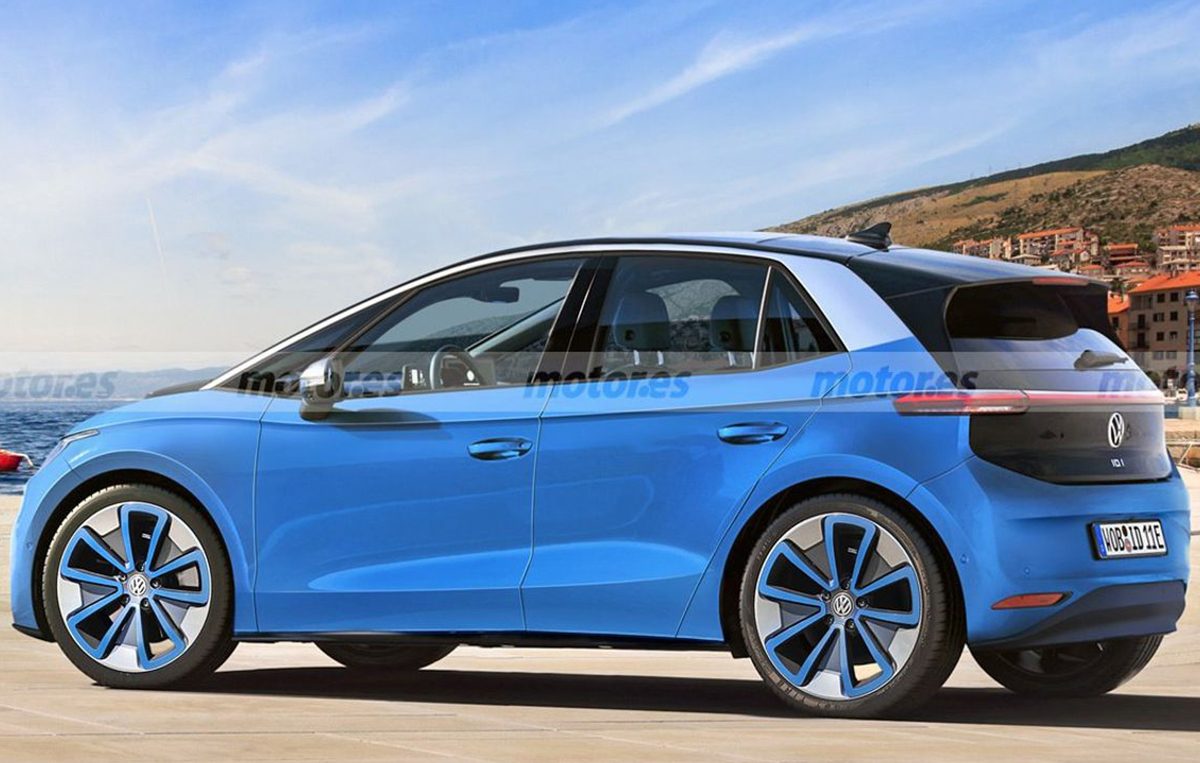
Volkswagen’s technical development boss, Kai Grünitz, previously said that the new entry model will be a successor to the popular Up city car. It will also share some of its design elements and attributes.
“There aren’t so many possibilities to design a small vehicle for cities in terms of what it looks like. It will be a car that fits into the Volkswagen brand design DNA and functionality DNA but at a lower price.”
Whether or not it wears the Up badge is unclear but it’s likely given Golf, Passat and Tiguan will retain those names when they go electric. VW’s numerical naming strategy for its ID EVs may be retired eventually.
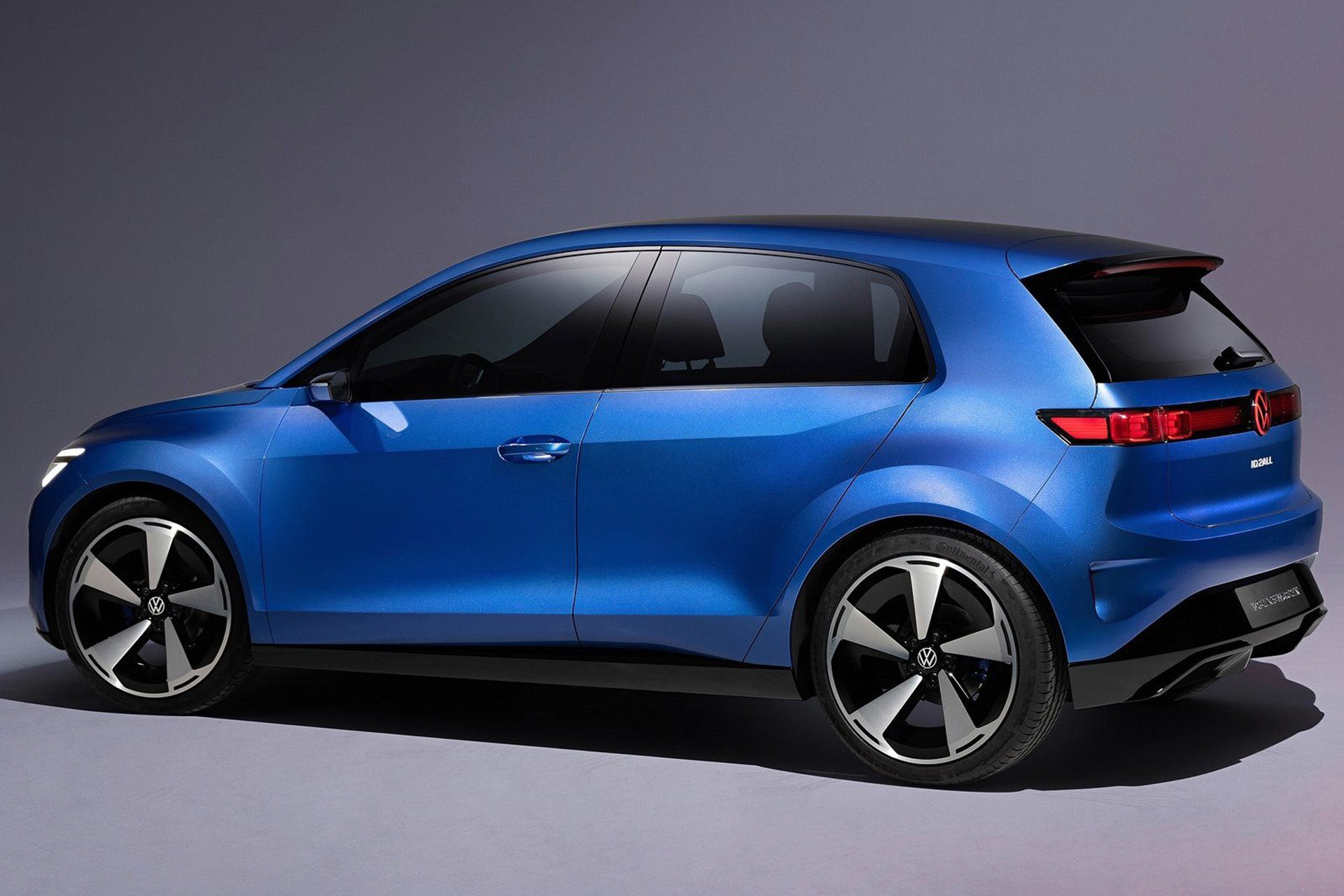
Grünitz added “You need a smaller car that’s affordable for the broader customer base. That’s why we’re going for €25,000 for the ID 2all and we’re invested in the development phase for a vehicle below €20,000. That’s Volkswagen.
“We have to go in that direction to convince our customers that EV is the right way.”
“You don’t need high-end technology within these cars.”
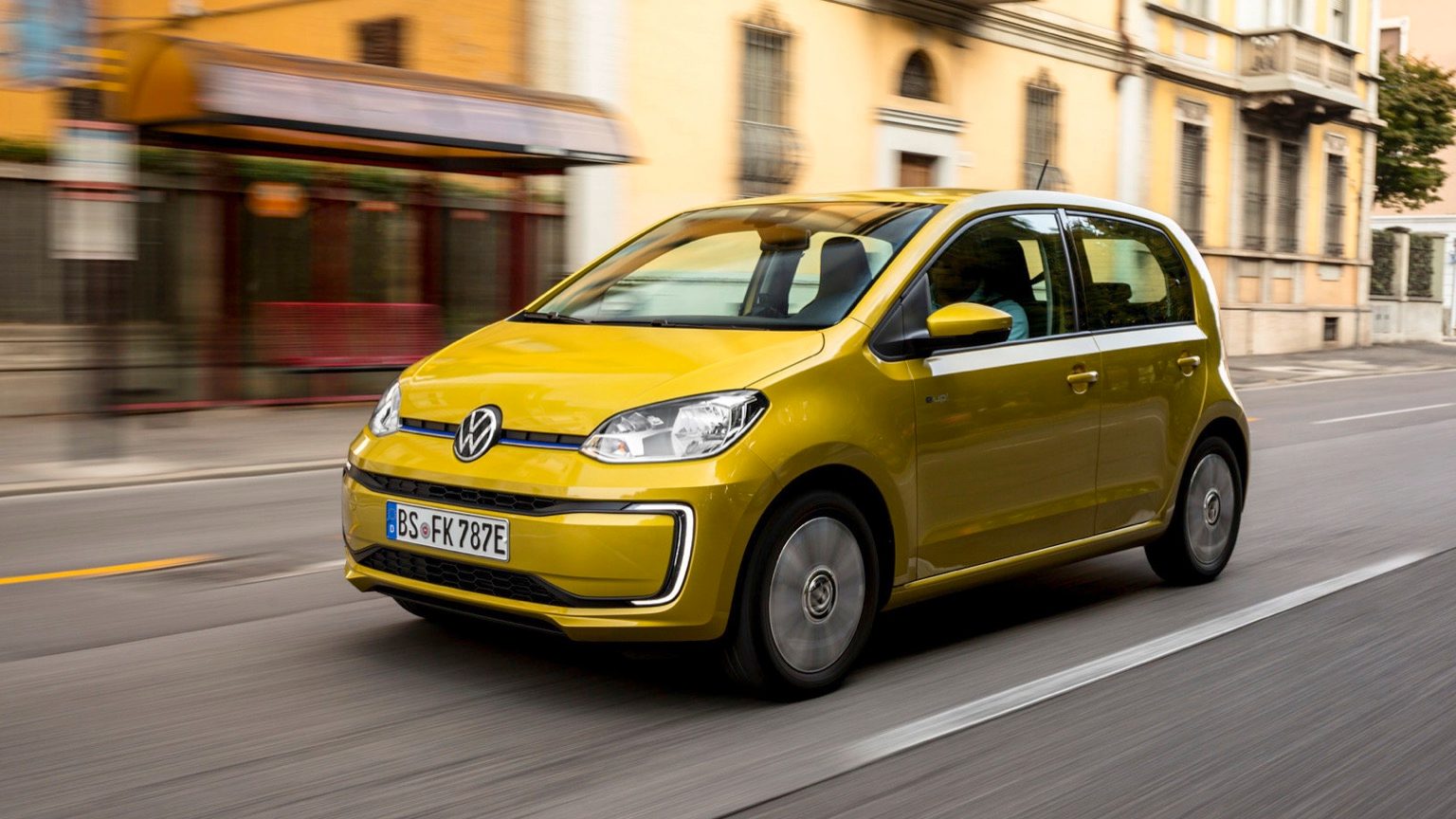
It may therefore end up with a smartphone cradle rather than a touchscreen. Expect it to feel “bigger inside than outside” too.
A small battery with modest charging ability is likely. The e-Up managed 260km to a charge.
It may not even be profitable, serving as a loss leader to entice younger buyers to the brand.
He added that greater margins from larger cars might be sufficient to support production of a less profitable model.


